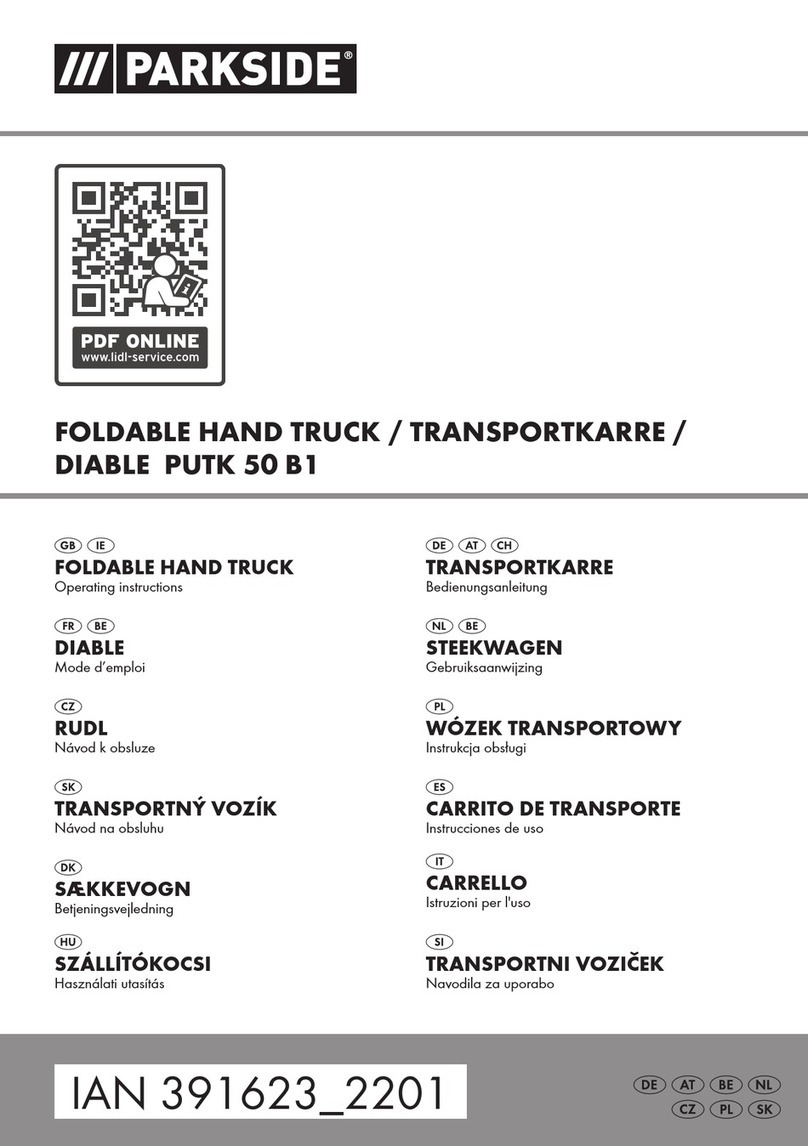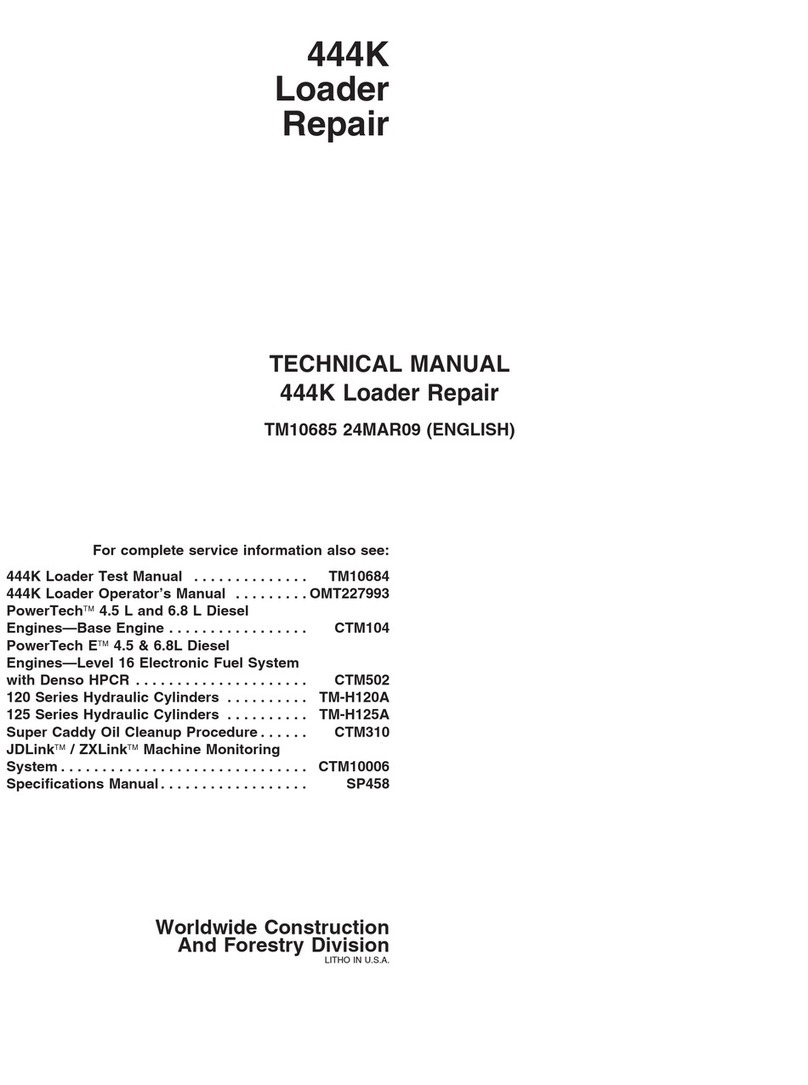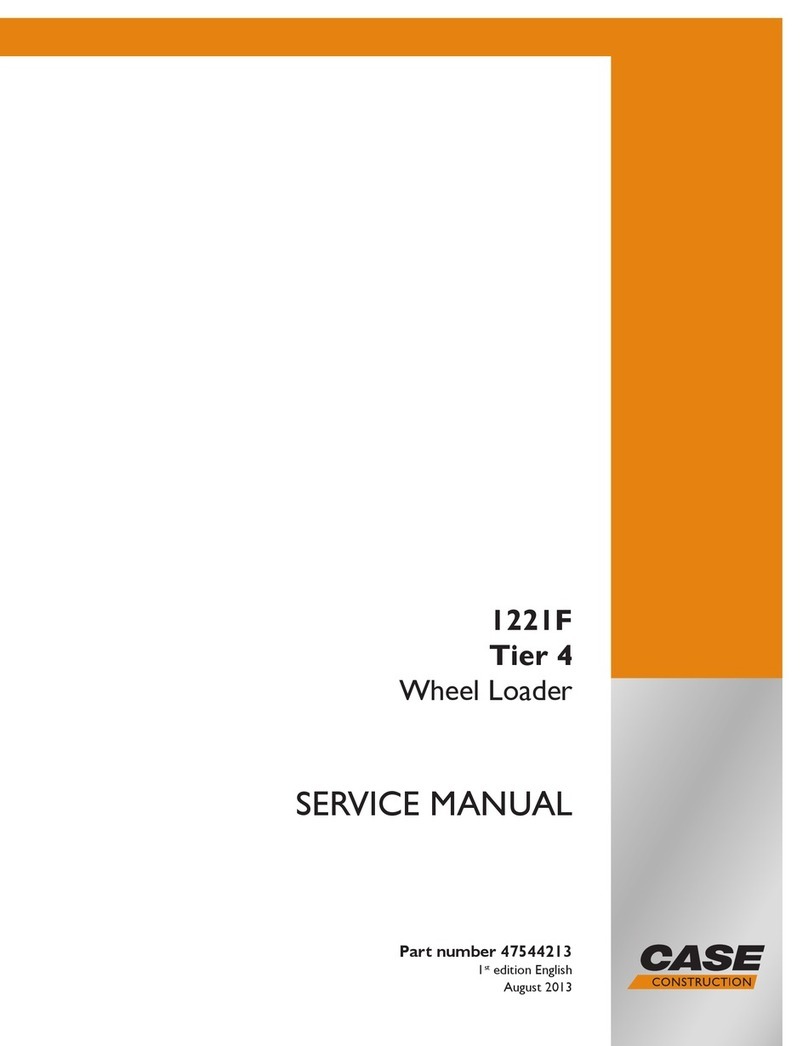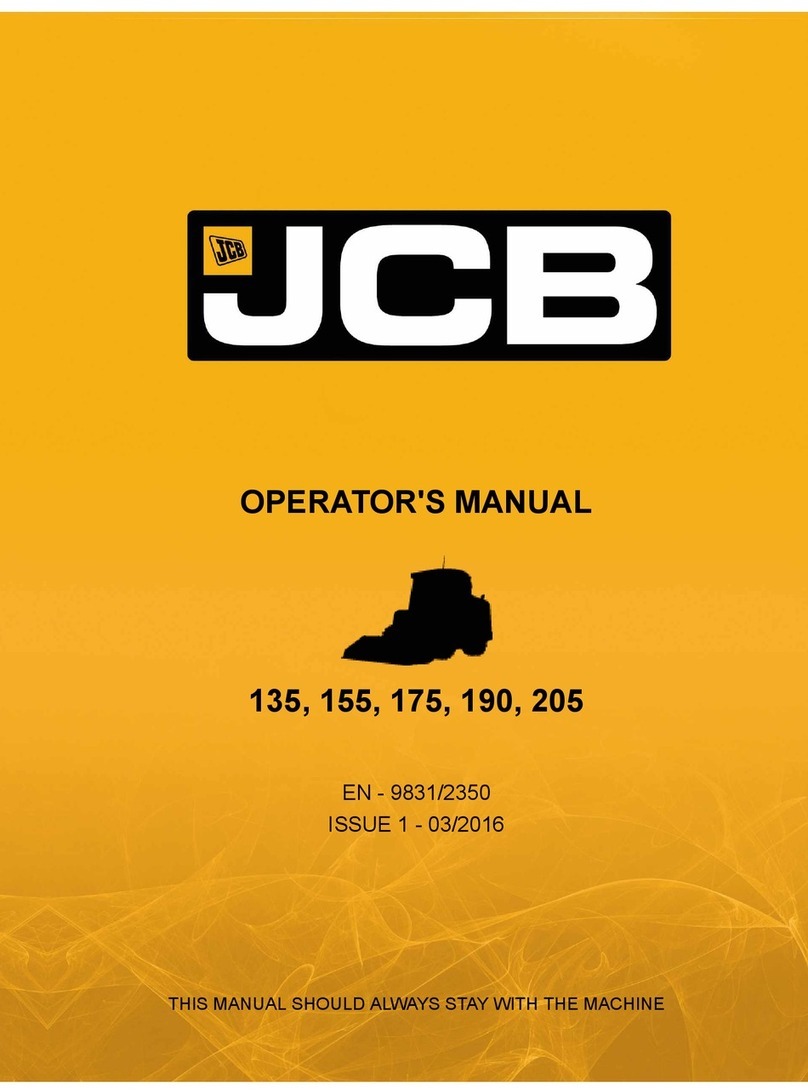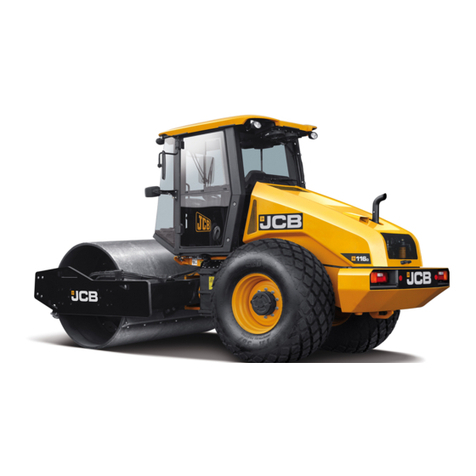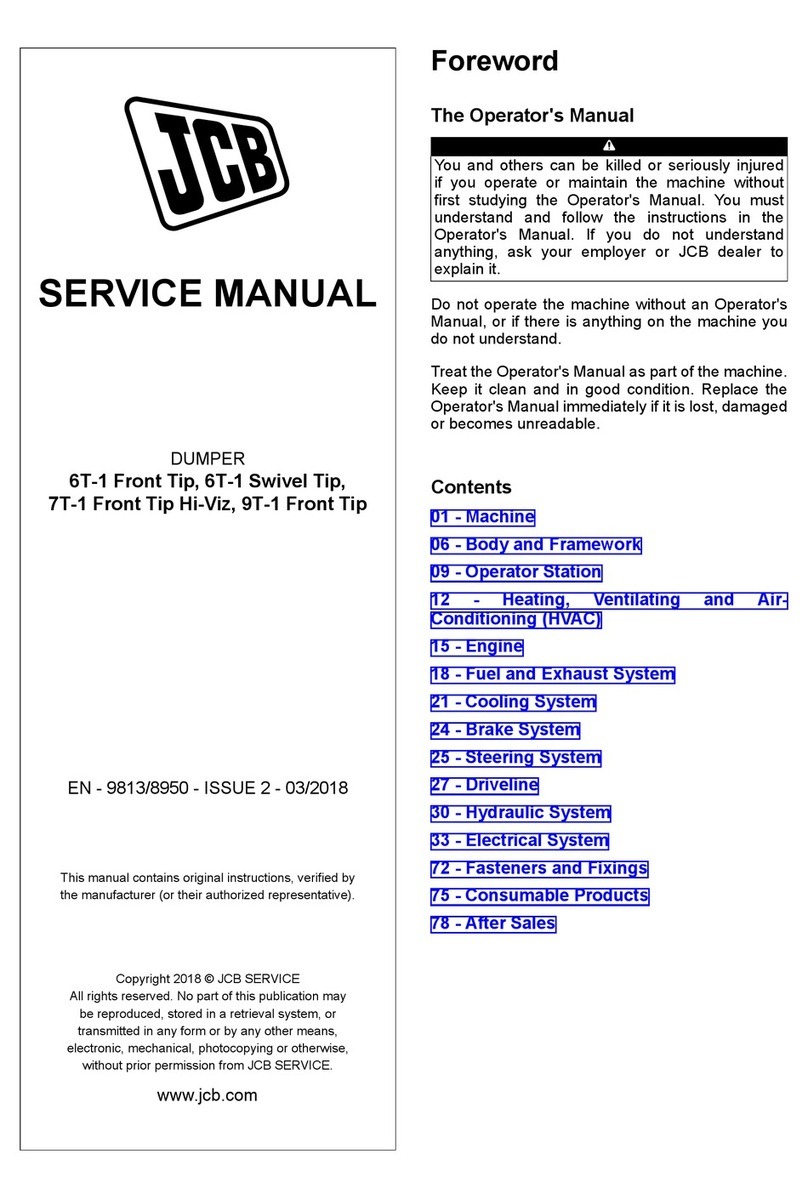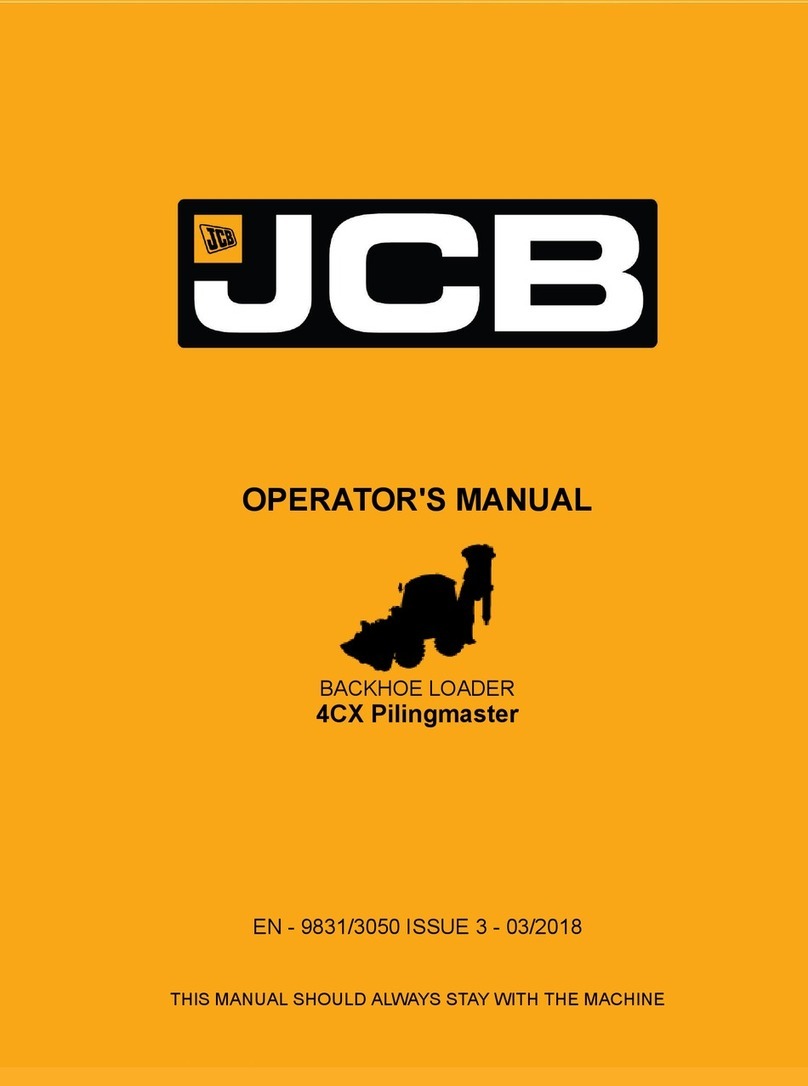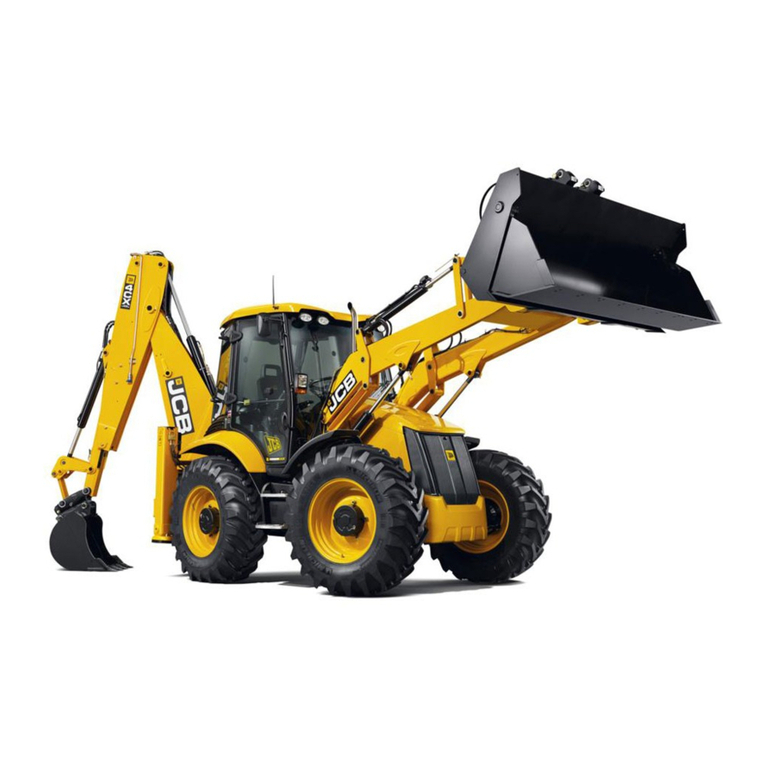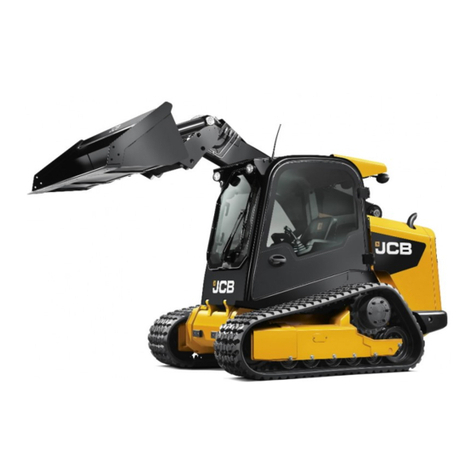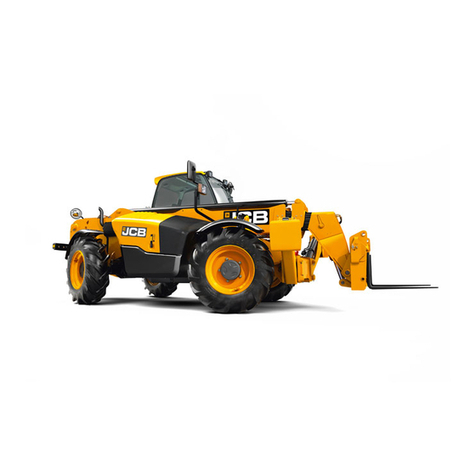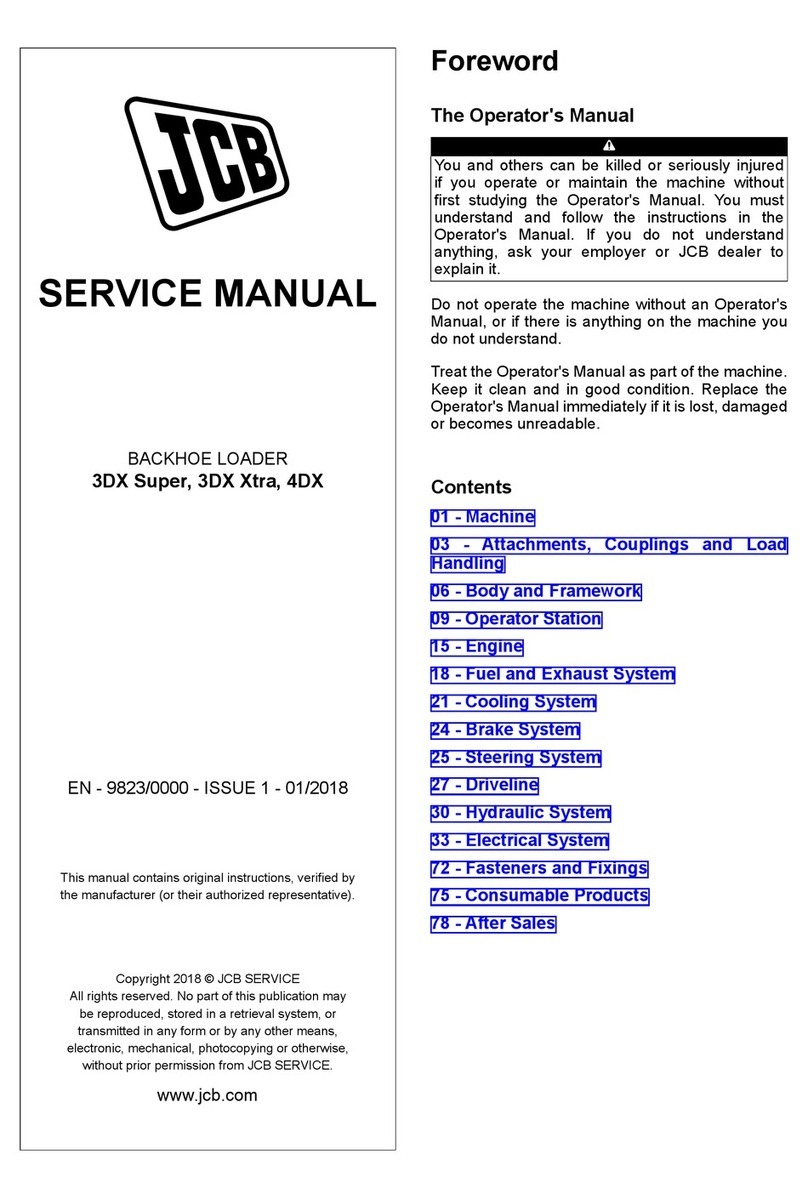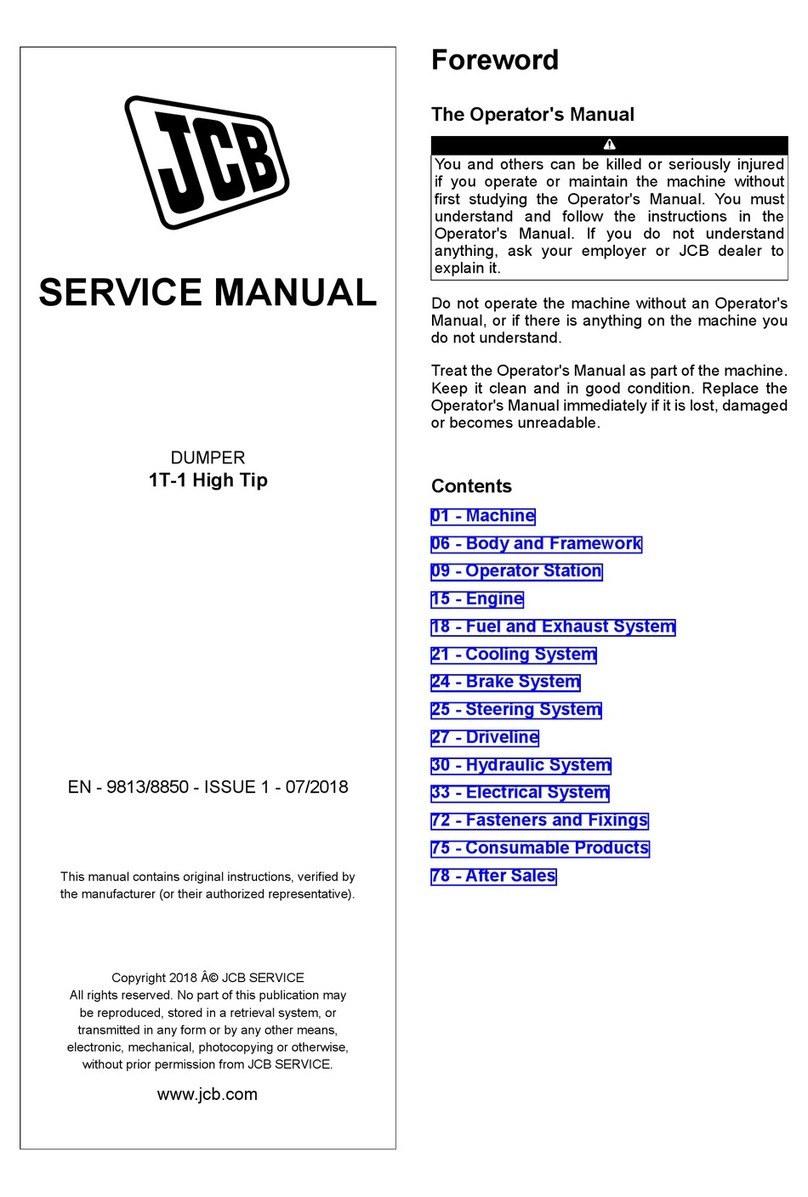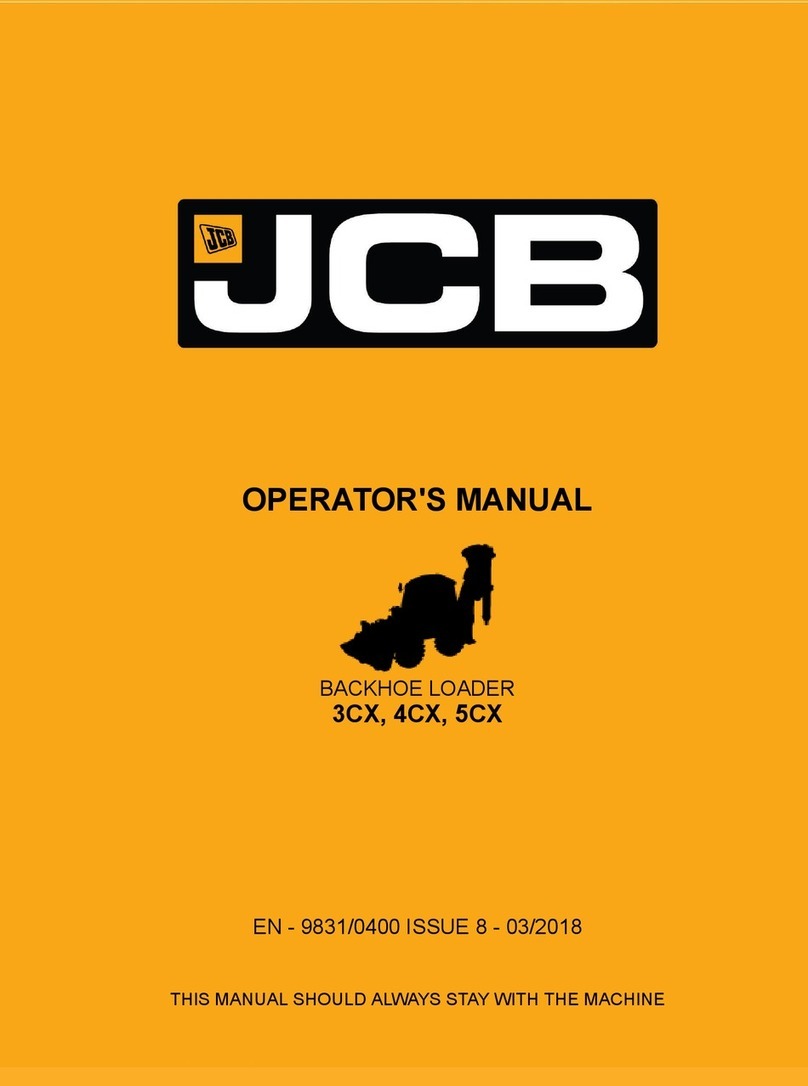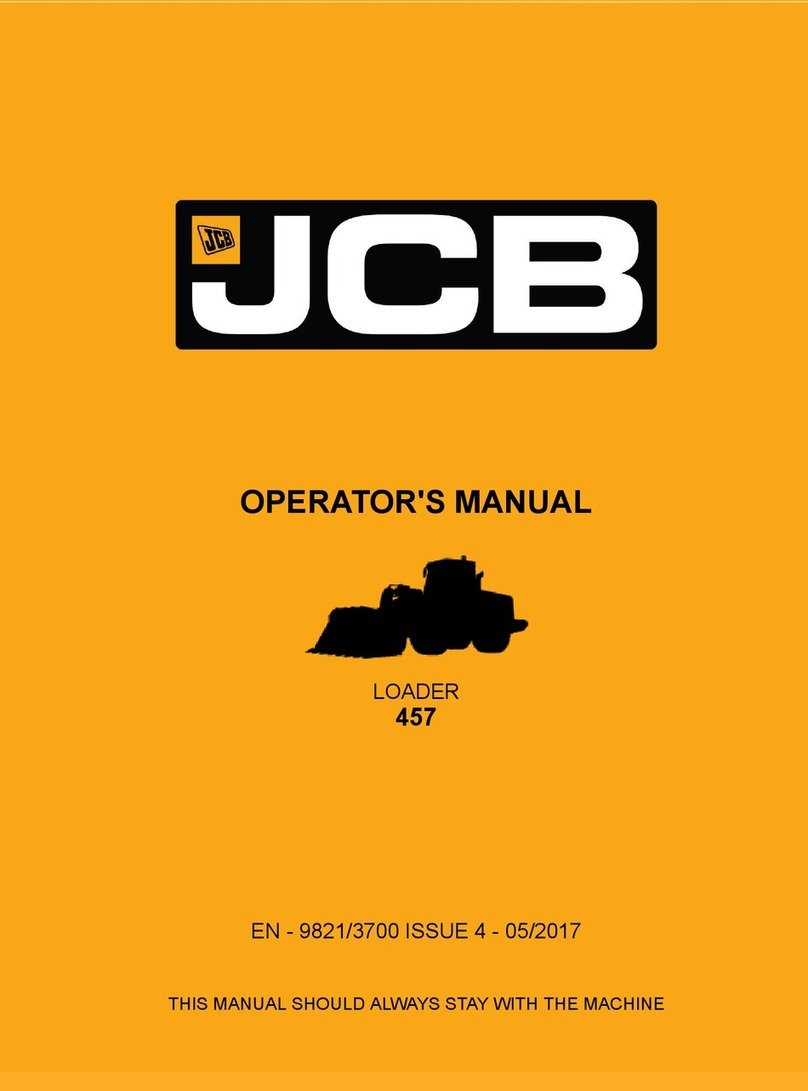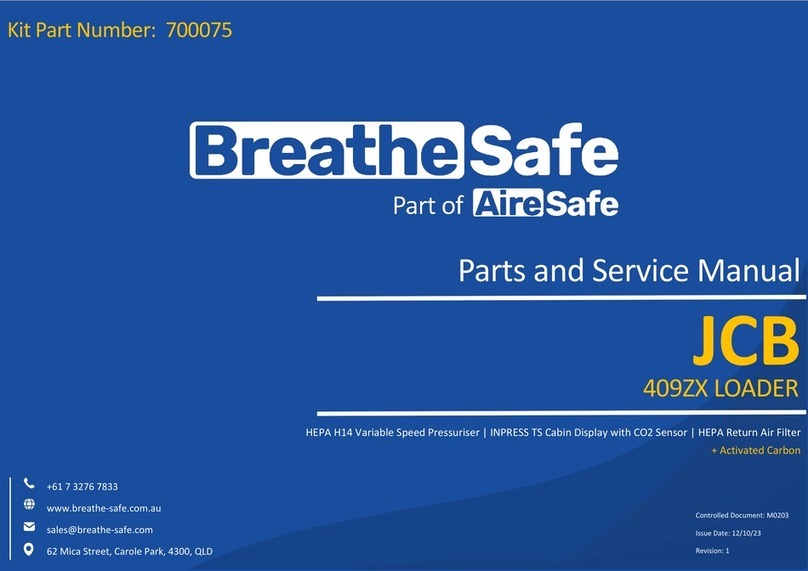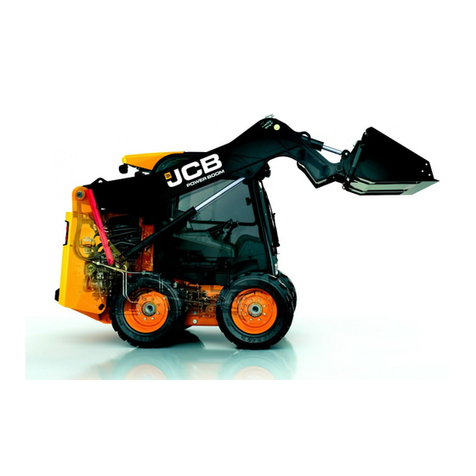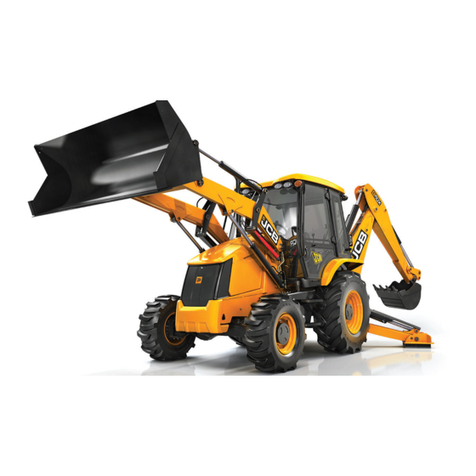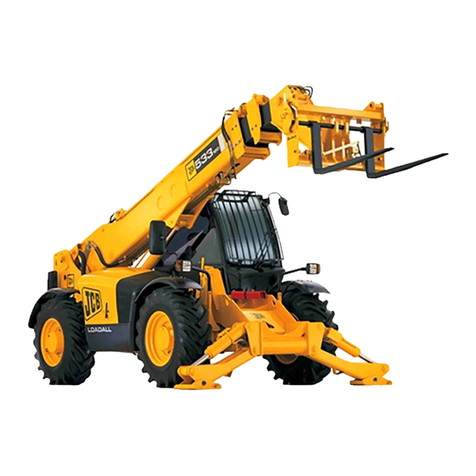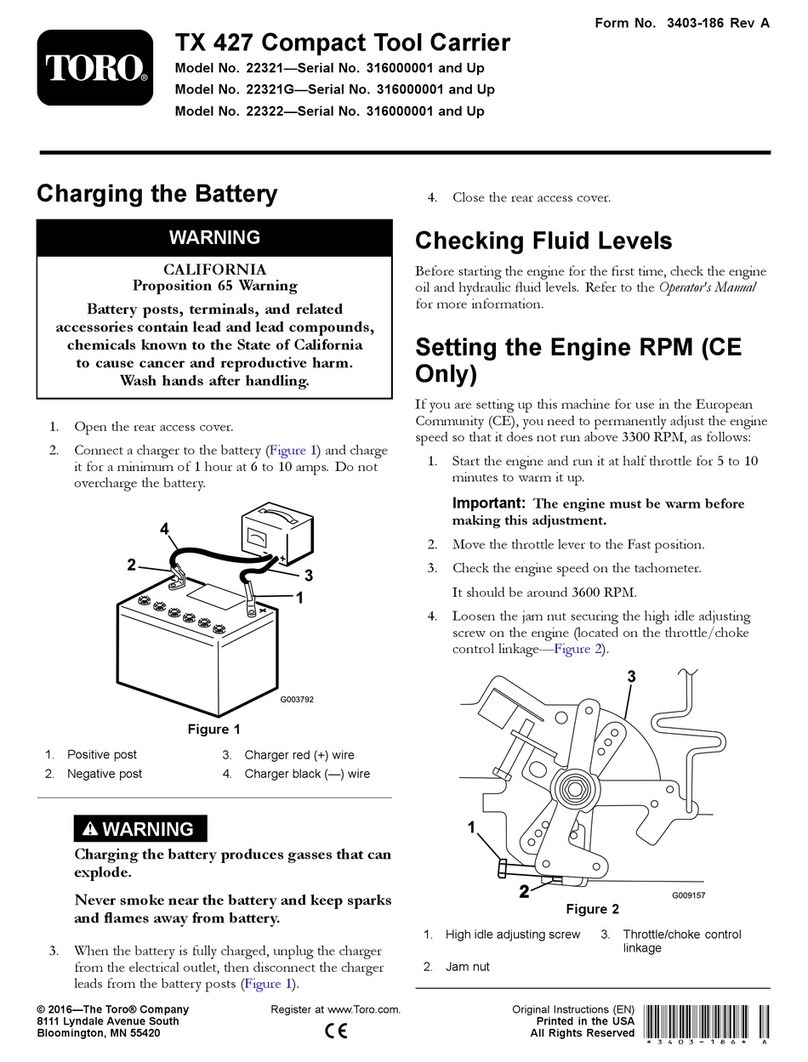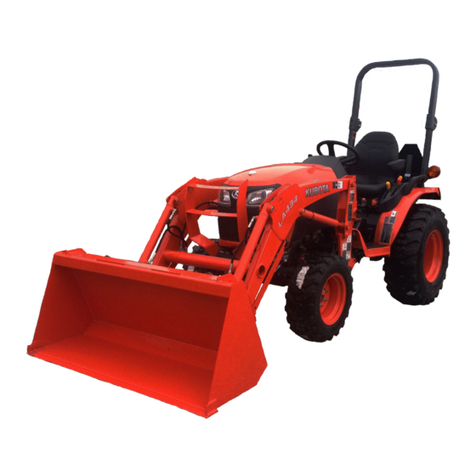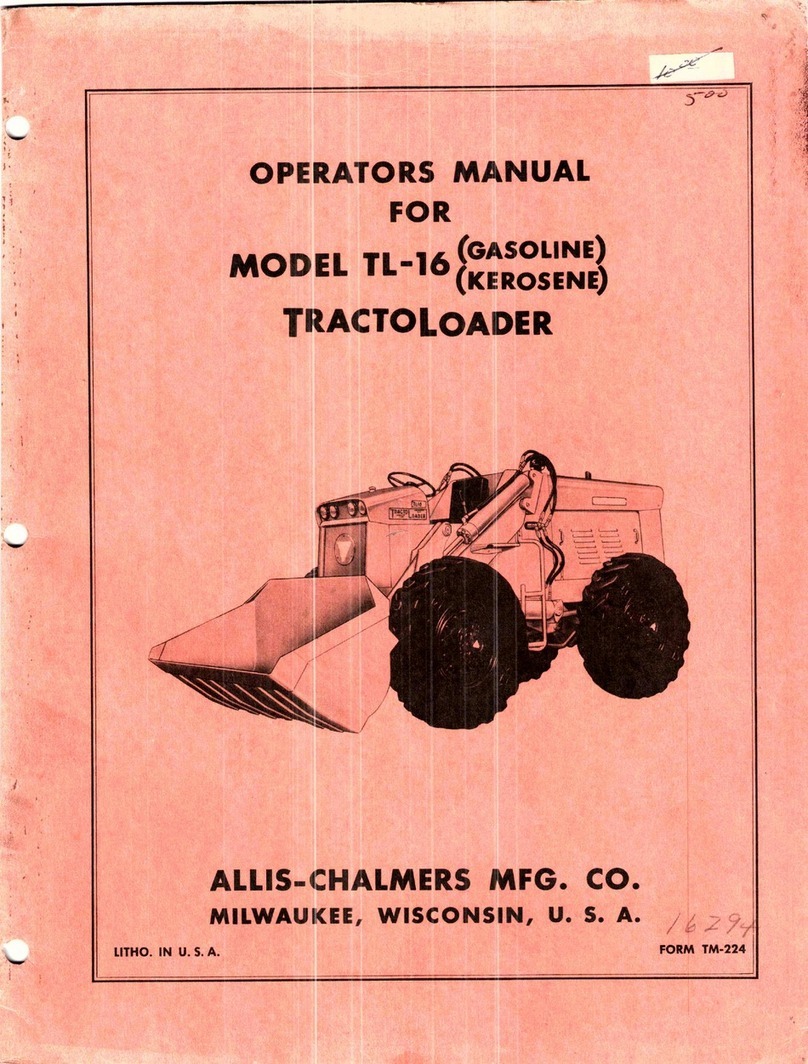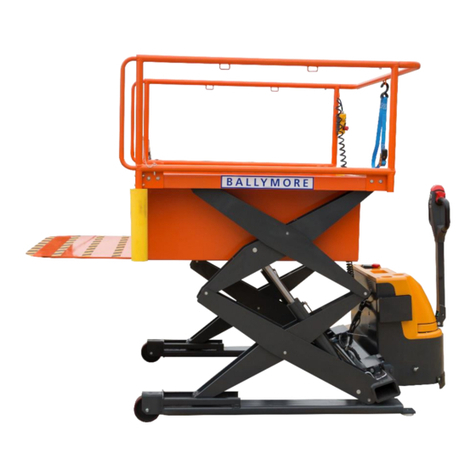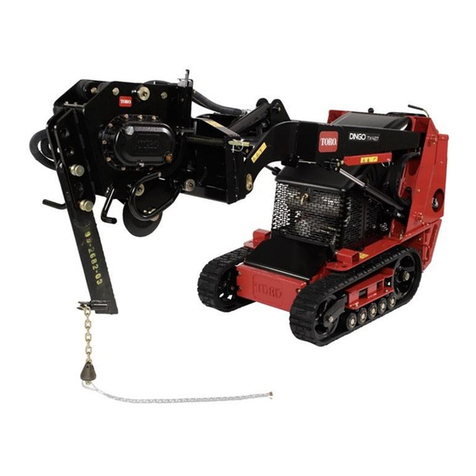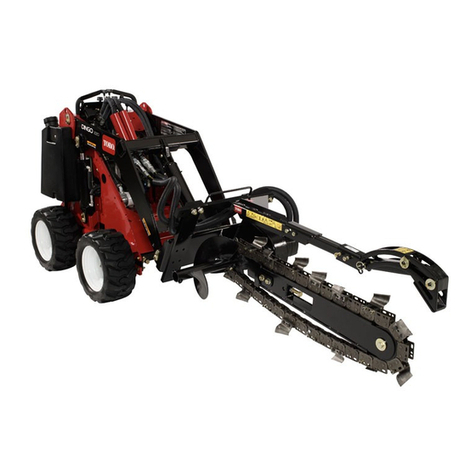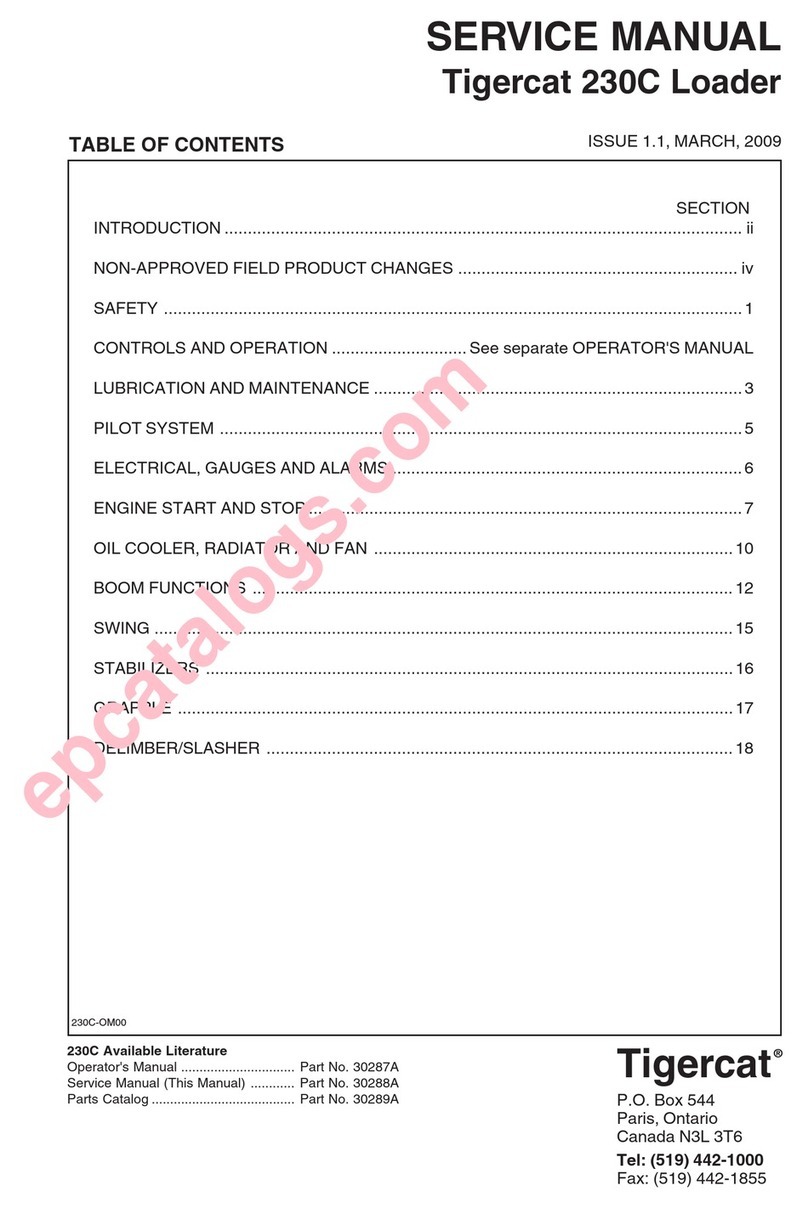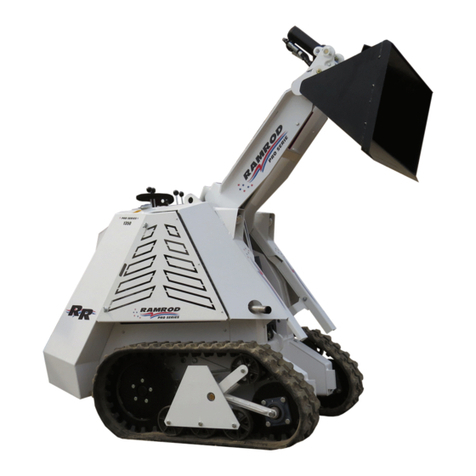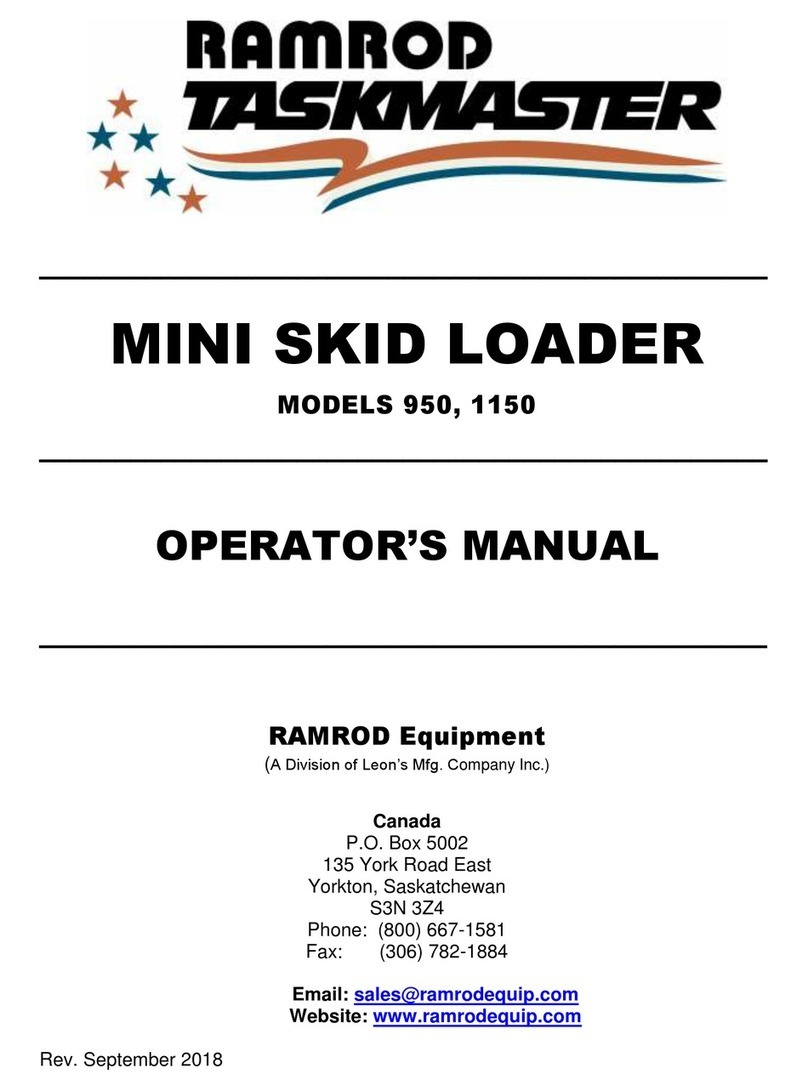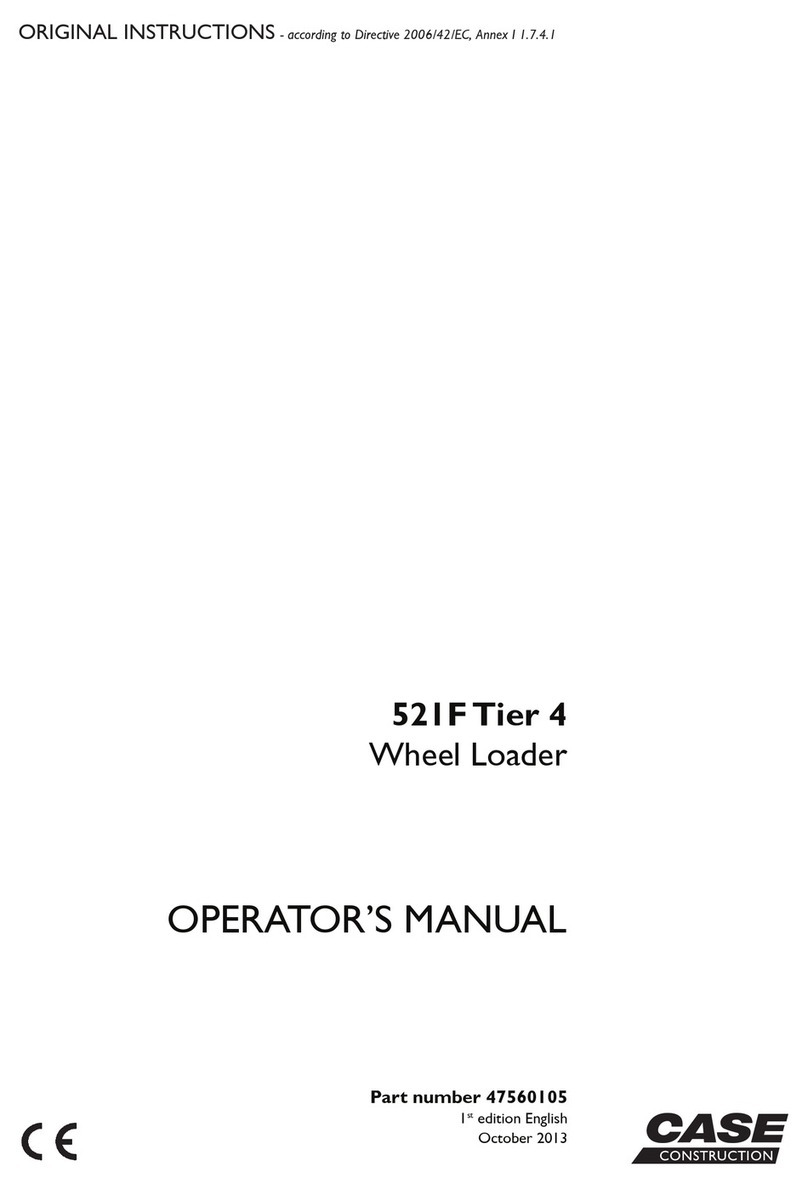
2Please see operator manual for full details.
Intended Use ......................................................................................................................................3
Dimensions ........................................................................................................................................4
Tie Down Points ................................................................................................................................5
Lifting Points .......................................................................................................................................6
Cab Layout .........................................................................................................................................7
Controls ....................................................................................................................................... 8-12
Steering Modes ................................................................................................................................13
Start Up Sequence ...........................................................................................................................14
Shutdown Sequence .........................................................................................................................15
Connecting A Trailer .........................................................................................................................16
Maintenance Position ........................................................................................................................17
Service Schedule ........................................................................................................................ 18-19
Service / Maintenance .......................................................................................................................20
Fluids & lubricants .............................................................................................................................21
Attachments ...............................................................................................................................22-24
Troubleshooting / FAQs ....................................................................................................................25
Index
This Quick Reference Guide is to provide quick and simple information to the Operator and does not include any health and
safety aspects. In addition, because of our continual development of machines, features described
in this Quick Reference Guide may differ from those on your machine. Nor errors and emissions be entirely ruled out. This
Quick Reference Guide DOES NOT replace the Operators Manual. You MUST read ALL the disclaimers and safety and other
instructions in the Operators Manual before initially operating this product. Accordingly, no legal claims can be entertained on
the basis of the data, illustrations or descriptions in this Quick Reference Guide. This machine should not be operated by any
person who isn’t appropriately qualified or had the appropriate training. Operation of this machine without periodic mainte-
nance could cause it to malfunction. For more information please contact your JCB Dealer.
